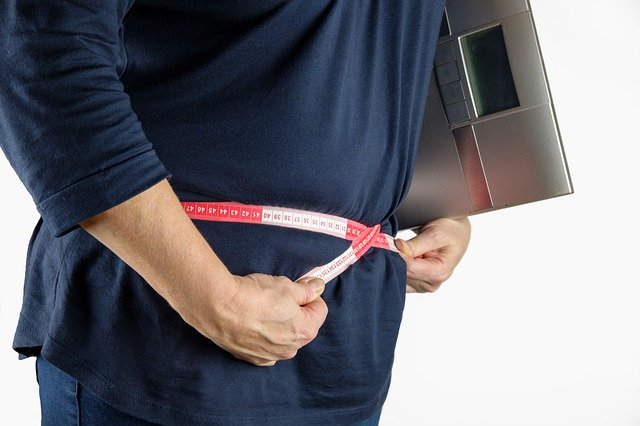


Facial Bloating
Facial bloating is most prominent in the morning upon waking up (cause you’ve been lying down → gravity), however, it can continue throughout the day
Look At Top Foods That Bloat You (Stomach and Face Bloating)
Cause – Dehydration
Dehydration – Sleep
Many people incorrectly assume that high water consumption leads to bloating – In reality, dehydration results in fluid retention, particularly in the face (sleeping results in mild dehydration)
It makes urine output decrease and instead of processing liquid out of the body, the water is reabsorbed into the tissue. When this occurs, swelling, and possibly pain, will result
In other words, dehydration causes a buildup of fluid in the tissues and causes blood vessels to enlarge, which gives the face a “puffy” look
Dehydration – Sodium
High sodium intake is the number one culprit for fluid retention – the typical american diet is plagued with excessive sodium levels
The job of the kidneys is to filter the excess sodium into the urine so that the body can get rid of it – Sodium attracts water to it and is known as being osmotic.
Water follows the sodium and is drawn into the bloodstream. Excessive salt keeps the circulatory volume higher than it should be, creating and increased pressure in the blood stream and pressing on the blood vessel walls (5)
One way to flush sodium out of the body is by getting more potassium – We average 2,500 mg a day, about half of the 4,700 mg minimum recommended for adults
Potassium blunts the effects of sodium by helping relax the walls of blood vessels – The more potassium we eat, the more sodium we pass out of the body through urine.
Cream of Tartar: Cream of tartar, also called potassium hydrogen tartrate, provides a bioavailable form of potassium rather than taking a potassium supplement
One teaspoon of cream of tartar = 495 mg of potassium
Note: Most people don’t realize that fresh and frozen poultry is sometimes injected with a sodium solution – so check the label
Stomach Bloating
Stomach bloating is the result of gas or fluid accumulating in your GI tract, or when bacteria in your large intestine have a hard time breaking down certain foods
The most common type of foods that cause stomach bloating are high FODMAP foods.
FODMAP is an acronym that stands for Fermentable Oligosaccharides, Disaccharides, Monosaccharides And Polyols
Since your body is unable to completely digest these sugar molecules, they travel through your GI tract and reach your colon undigested, where the bacteria that live in your colon begin to ferment them. The fermentation can produce gas and bloating
Raw Cruciferous Vegetables (Kale, Broccoli, Cabbage)
Cruciferous veggies (cauliflower, broccoli, cabbage, etc.) cause bloating and gas when eaten in their raw form – extremely high in insoluble fiber, which can be difficult for your body to break down.
Cooking vegetables helps break down the fibers they contain, which makes them easier on the digestive system because they’re already partly broken down.
Cruciferous veggies also contain raffinose, a sugar molecule – Raffinose cannot be broken down in the small intestine as humans lack the alpha-galactosidase enzyme required to break it down. It passes through your GI tract completely undigested.
Once it reaches the large intestine though, the bacteria there thrive on it and ferment raffinose into large volumes of hydrogen, methane and other gases.
Fermented Veggies: Sauerkraut, kim chi, sauerruben and curtido are excellent alternatives for people with gut issues. First, the fermentation process “pre-digests” the vegetables and makes them easier to absorb. Second, fermented veggies contain probiotic microorganisms that help heal the gut
Here’s another article you might be interested in: 10 Snacks That Cause Your Face to Bloat — and 5 Foods to Eat Instead